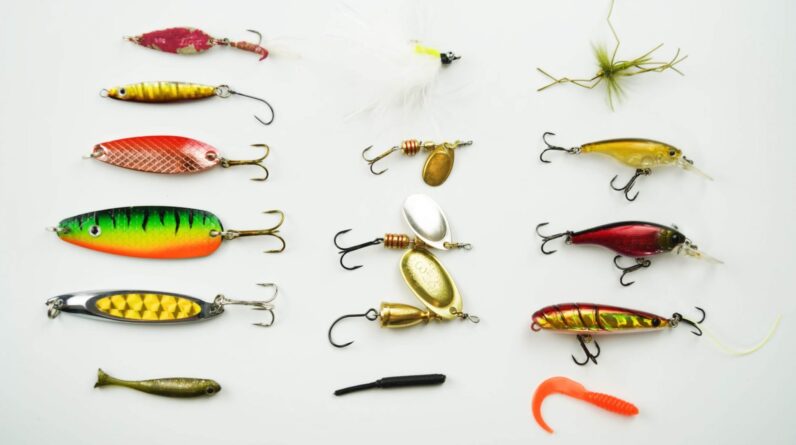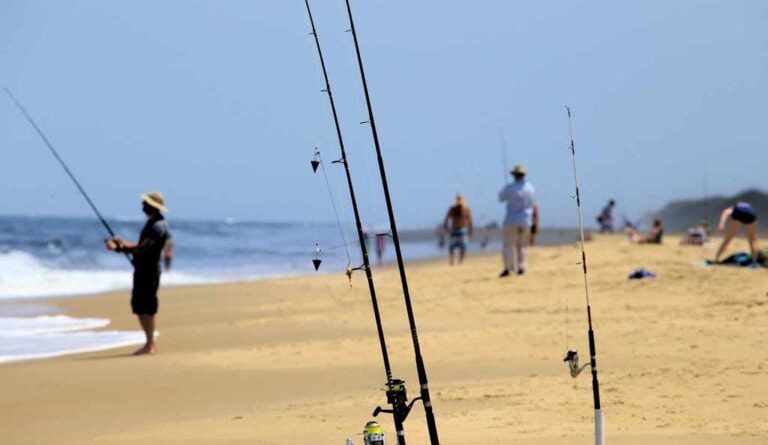Trolling is a tried-and-true fishing technique that has been honed over generations. It allows anglers to cover a wide area of water, presenting lures or bait to a variety of fish species. Whether you’re a seasoned angler or just getting started, trolling can be a highly effective method for catching fish. In this comprehensive guide, we’ll explore trolling tips and techniques that will help you become a more successful and skilled angler. For a wide range of fishing gear and more insights into Fishing Techniques, visit cheerfulfisherman.com.
Understanding Trolling in Fishing
Trolling is a fishing method that involves dragging lures, bait, or lines behind a moving boat. The boat’s speed, the type of lure or bait used, and the depth at which you fish can all be adjusted to target specific fish species. The primary goal of trolling is to cover a large area of water to locate active fish, trigger strikes, and maximize your catch.
The Essential Trolling Gear
Before delving into the tips and techniques, it’s crucial to understand the essential trolling gear you’ll need for a successful fishing expedition:
1. Trolling Reels and Rods
Choose a trolling reel and rod that can handle the size and strength of the fish you’re targeting. Heavy-duty equipment is required for large game fish like marlin or tuna, while lighter gear works well for species like trout or salmon.
2. Trolling Lines
Use trolling lines that match the trolling reel and rod. Monofilament, braided, and wire lines are common choices, each offering different benefits. Monofilament lines provide stretch, while braided lines offer strength and sensitivity. Wire lines are used for deep-water trolling.
3. Downriggers
Downriggers are devices that enable you to precisely control the depth at which your lures or bait are presented. They are invaluable for targeting fish at specific depths and are commonly used in deep-sea trolling.
4. Planers
Planers are diving devices that help your lures reach greater depths by creating a controlled dive. They allow you to target fish at different depths without the need for downriggers.
5. Lures and Baits
The selection of lures and baits is crucial. Choose lures that mimic the prey species of your target fish, such as spoons, plugs, or soft plastic lures. Live baitfish or artificial bait can also be used effectively.
6. Fish Finders and GPS
Fish finders and GPS devices help you locate schools of fish, structure, and depth changes. They are essential for precision trolling.
7. Safety Equipment
Safety should never be overlooked. Ensure you have life jackets, a first aid kit, and communication equipment on board.
Now that you understand the gear, let’s dive into some valuable trolling tips and techniques:
Trolling Tips and Techniques for Success
1. Select the Right Speed
The speed at which you troll can significantly impact your success. Different fish species have preferred speeds, so research the specific requirements for your target species. Typically, trolling speeds range from 2 to 10 knots.
2. Use Downriggers and Planers
Downriggers and planers enable you to present lures or bait at different depths. Adjust the depth based on your knowledge of the fish’s feeding habits and the location of schools.
3. Experiment with Lures
Don’t hesitate to try different types of lures and bait until you find what works. The choice of lures should mimic the natural prey of the fish you’re targeting.
4. Lure Spacing
The spacing between lures is essential. If you’re using multiple lines, make sure there’s enough space between them to avoid tangling. Fish finders and depth sounders can help you gauge the best separation.
5. Trolling Patterns
Vary your trolling patterns to mimic the movement of a school of fish. Zig-zag patterns or figure-eight movements can make your presentation more enticing to predators.
6. Stay Informed
Use technology to your advantage. Fish finders and GPS devices can help you locate schools and structures. They also record waypoints for future reference.
7. Adjust for Depth Changes
Be mindful of changes in water depth. Adjust your trolling lines or use downriggers to maintain the desired depth.
8. Set the Hook Properly
When a fish strikes, set the hook by firmly reeling in and applying pressure. Trolling doesn’t require a hard hookset like other fishing methods.
9. Be Patient and Persistent
Trolling can be a waiting game, but patience is often rewarded. Stay persistent, and keep your lines in the water for extended periods.
10. Safety First
Always prioritize safety. Keep an eye on the weather and avoid trolling in hazardous conditions. Ensure you have the necessary safety equipment on board.
Expert Advice for Trolling Success
To truly master the art of trolling, seek advice from experienced anglers and charter captains who are well-versed in the technique. They can provide valuable insights and local knowledge that can significantly improve your trolling success.
Trolling is a versatile and effective fishing technique that can yield excellent results for a wide range of fish species. By understanding the essential trolling gear, following the tips and techniques mentioned in this guide, and staying patient and persistent, you can become a skilled and successful angler. For access to a broad selection of fishing gear and more insights into fishing techniques, visit cheerfulfisherman.com. Embark on your next fishing adventure with the confidence to master the art of trolling and bring in impressive catches.







1 Comment
Comments are closed.